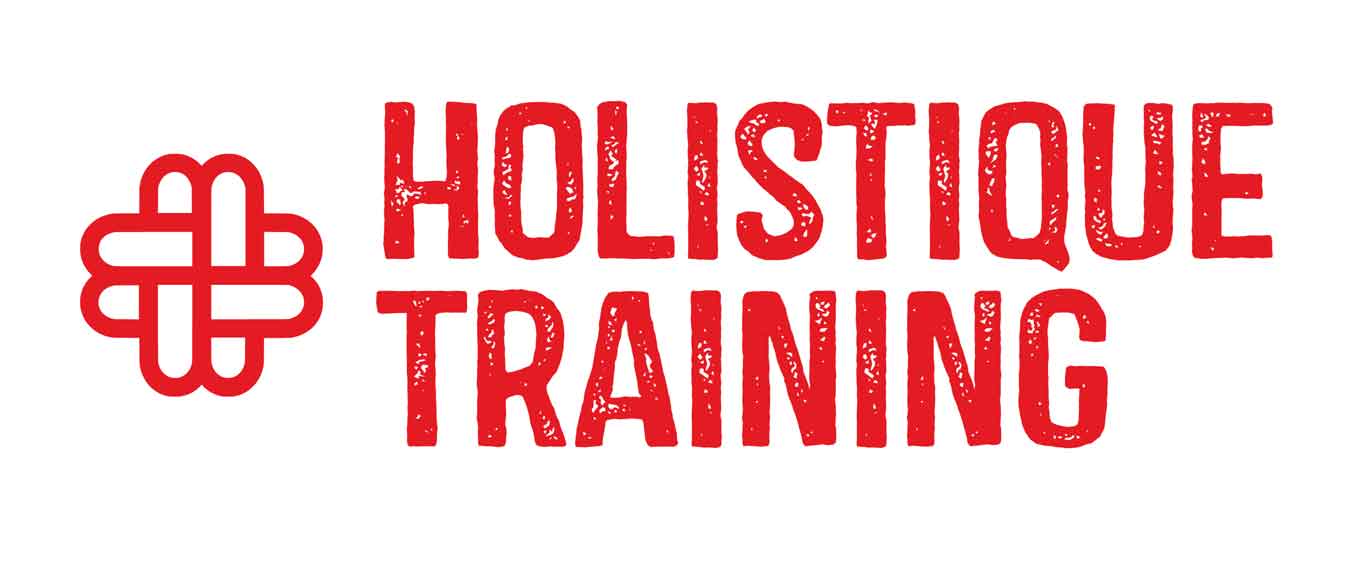Effective risk management is the backbone of smart investing. This course provides a comprehensive overview of the principles, tools, and techniques used to assess and manage investment risks across different asset classes and market conditions. It helps participants identify potential threats to portfolio performance and design strategies that protect capital while allowing for long-term growth.
By blending financial theory with real-world practice, the course enables professionals and investors to develop a risk-aware mindset. Participants will explore case studies, risk scenarios, and stress testing tools used by top investment firms, equipping them with the confidence to navigate volatility and uncertainty.
By the end of this course, participants will be able to:
- Identify and classify the various types of investment risk.
- Apply risk measurement tools such as standard deviation, beta, and Value-at-Risk (VaR).
- Understand risk-adjusted return metrics like Sharpe and Sortino ratios.
- Conduct portfolio stress testing and scenario analysis.
- Design risk mitigation strategies tailored to investment goals.
This course is ideal for:
- Financial analysts and portfolio managers.
- Individual investors managing personal portfolios.
- Finance students and early-career professionals.
- Wealth advisors and investment consultants.
- Risk officers and compliance professionals.
This course uses a practical, hands-on methodology grounded in real-world investment scenarios. Participants will work with case studies, portfolio simulations, and historical market data to assess risk and make data-driven decisions. Each session includes interactive lectures, tool demonstrations, group risk assessments, and step-by-step modelling of common risk situations. The training emphasises critical thinking, technical skill-building, and the use of industry-standard software and techniques.
Day 5 of each course is reserved for a Q&A session, which may occur off-site. For 10-day courses, this also applies to day 10
Section 1: Introduction to Investment Risk
- What is risk? Definitions and types (market, credit, liquidity, etc.).
- The relationship between risk and return.
- Overview of the risk management process.
Section 2: Quantitative Risk Measurement
- Risk metrics: standard deviation, beta, VaR, and correlation.
- Portfolio volatility and covariance.
- Tools and models: Monte Carlo simulation, sensitivity analysis.
Section 3: Risk-Adjusted Performance and Portfolio Analysis
- Sharpe, Sortino, Treynor ratios.
- Performance attribution and benchmarking.
- Asset allocation and portfolio optimisation.
Section 4: Stress Testing and Scenario Planning
- Modelling extreme events and black swan risks.
- Case study: 2008 financial crisis and COVID-19 impact.
- Building resilient investment strategies.
Section 5: Risk Mitigation Strategies
- Hedging techniques: options, futures, and diversification.
- Behavioural risk management and cognitive biases.
- Integrating ESG risk factors into portfolio management.
- Final project: Build a risk profile and mitigation plan for a sample portfolio.
Upon successful completion of this training course, delegates will be awarded a Holistique Training Certificate of Completion. For those who attend and complete the online training course, a Holistique Training e-Certificate will be provided.
Holistique Training Certificates are accredited by the British Accreditation Council (BAC) and The CPD Certification Service (CPD), and are certified under ISO 9001, ISO 21001, and ISO 29993 standards.
CPD credits for this course are granted by our Certificates and will be reflected on the Holistique Training Certificate of Completion. In accordance with the standards of The CPD Certification Service, one CPD credit is awarded per hour of course attendance. A maximum of 50 CPD credits can be claimed for any single course we currently offer.
- Course Code PF1-164
- Course Format Classroom, Online,
- Duration 5 days













